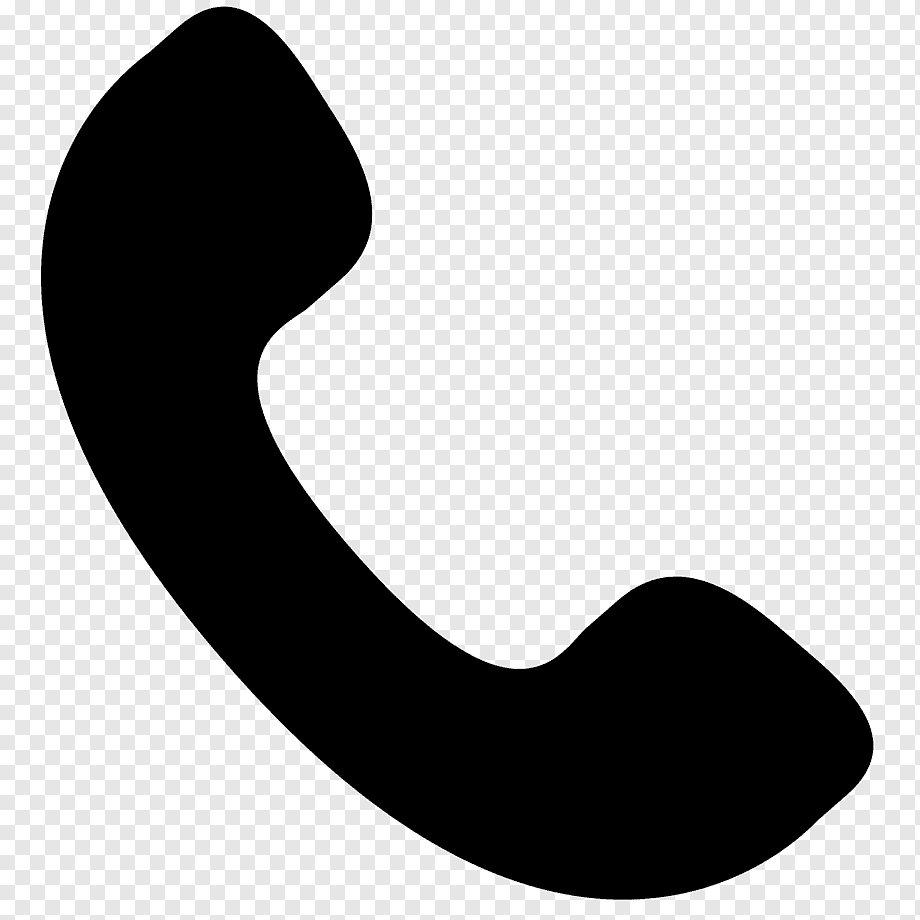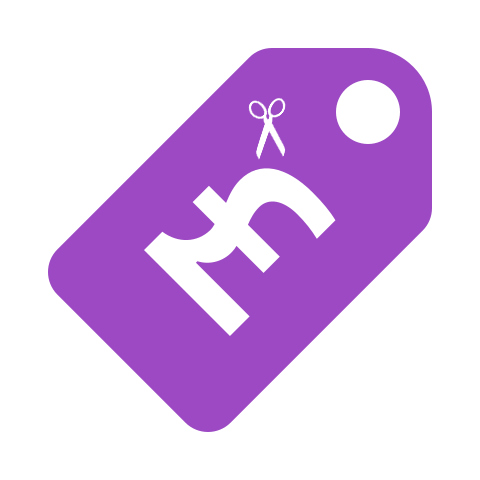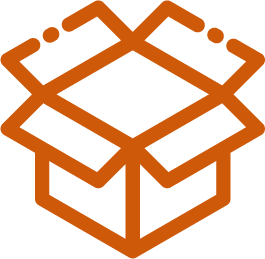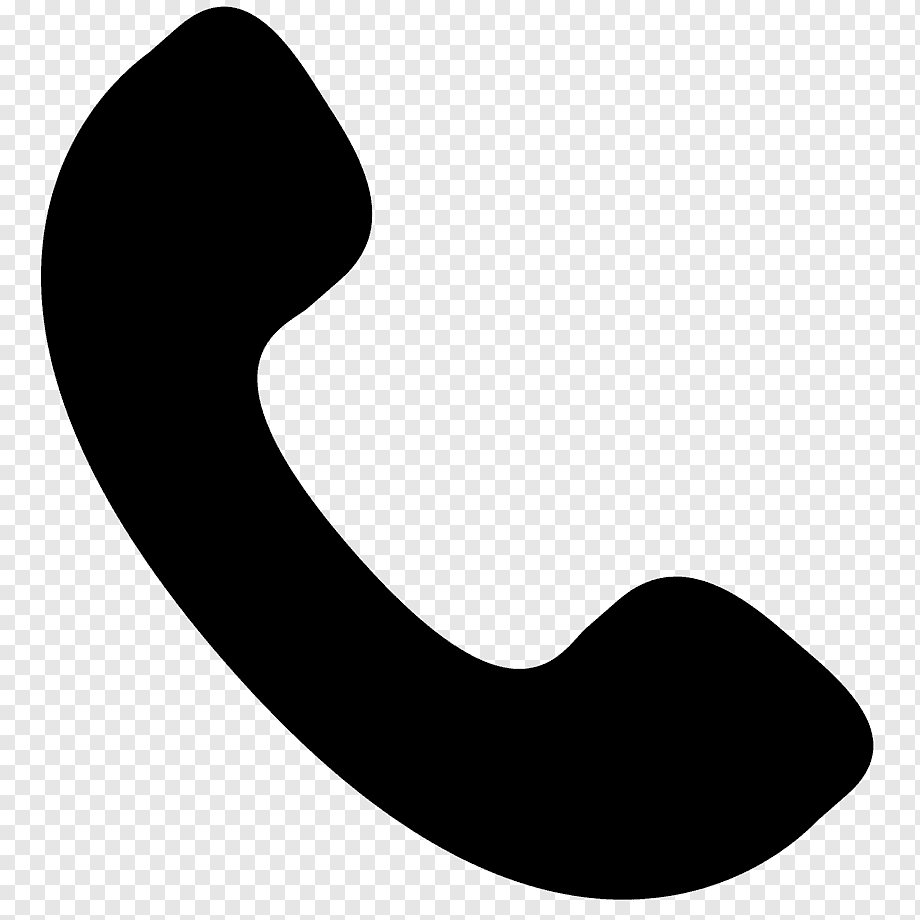Butcher Block Chopping Boards
If you’re looking for butcher block chopping boards, you’ve come to the right place. We have a superb selection available that is suitable for any application. Whether you intend to cut raw fish, cooked meat, or vegetables, we have the butcher block for you.
Our chopping boards have a machined finish and a smooth to the touch but sporting visible texture. The machined finish helps to increase the grip on the surface of the chopping board, reducing the likelihood that you will slip while using it.
Read more
Our selections are available in 25mm to 100mm thickness to ensure you receive high-quality products. Additionally, we have a choice of sizes available to ensure that our butcher boards suit your existing workspace. Browse our range of butcher block chopping boards now!
For a limited time only we are offering 5% of all orders over £50, use code DEC5. Online only.
If you find that our butcher block chopping boards don’t quite meet your requirements, visit our bespoke chopping boards page to build the butcher block chopping board you need! We can cut your chopping board to any shape, size, or thickness.
-
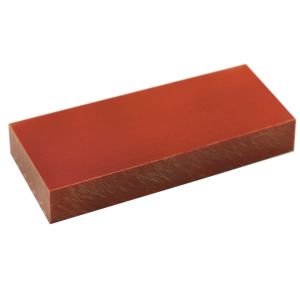 50 mm Reddish / Burgundy Butchers Block Cut to SizePrices from £1.57 . £1.31 £1.31 Excl. Tax
50 mm Reddish / Burgundy Butchers Block Cut to SizePrices from £1.57 . £1.31 £1.31 Excl. Tax
FAQs
Why Purchase Plastic Butcher Block Chopping Boards Instead of Wooden Ones?
There are many reasons why you may choose plastic over wooden alternatives. Examples include: lower cost, easier cleaning and lesser maintenance demands. Furthermore, plastic tends to be gentler on your knives and resist irreparable chipping and denting during and after use.
Are They Expensive?
The short answer is they can be but for a good reason. This is because they are primarily used in specialised kitchens and should effortlessly withstand sharp knives, force and constant use. Therefore, the plastic used to make them must be thick and high-quality enough to work efficiently in a professional kitchen environment.
What is the Recommended Minimum Thickness?
We recommend at least 25mm thickness to ensure longevity and efficiency for your board. Chopping boards below this recommended thickness will not last long in a professional kitchen and appear damaged much faster than their thicker counterparts.
How is A Butcher Block Chopping Board Different From Regular Cutting Boards?
Butcher block chopping boards are distinct from regular cutting boards due to their construction. Regular cutting boards are usually thin and lightweight whereas butcher block boards are typically thicker. They often range from 1.5 to 4 inches in thickness. This level of thickness is aimed to prevent knife scarring and knife dulling.
What Are The Main Advantages?
The main benefits of this product consists of excellent durability, resistance to knife marks, and reduced knife dulling. They are also more forgiving on knife edges compared to harder materials like glass or stone cutting boards.
Can I Cut Meat On A Butcher Block Chopping Board?
Yes, In fact, they are called "butcher blocks" because they were originally used in butcher shops for cutting and preparing meat. However, it's essential to clean the board thoroughly with hot, soapy water after cutting raw meat to avoid cross-contamination with other foods.
Can I Use A Butcher Block Chopping Board For Cutting Vegetables And Fruits?
Yes, these chopping boards are ideal for cutting vegetables, fruits, and other food items. Its sturdy and forgiving surface provides a safe and reliable platform for various cutting tasks.
Can I Use Both Sides of A Butcher Block Chopping Board? Yes, you can especially if it has a reversible design. This feature allows you to flip the board over and use the other side when one side becomes worn or has significant knife marks.
Are There Any Considerations Before Using This Product?
To maintain your chopping boards quality and longevity, avoid exposing it to excessive heat, moisture, and direct sunlight. It is also advised that you refrain from using it as a cutting surface for frozen foods or bones, as these can damage the board. Lastly, use wooden or plastic utensils to prevent unnecessary scratches or gouges on the surface.
